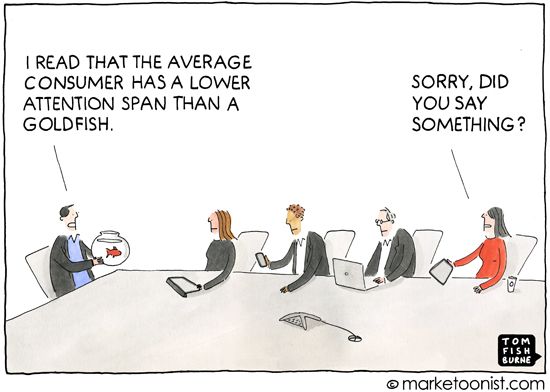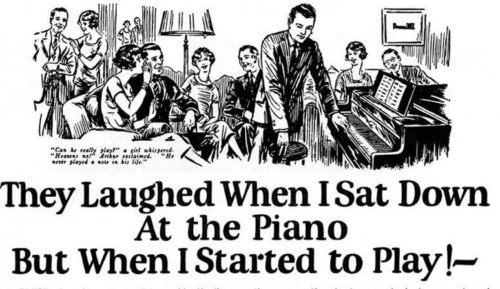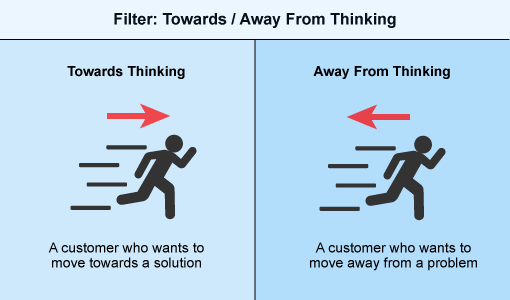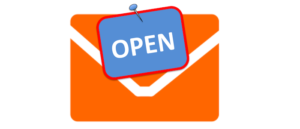Learning how to write adverts that get results is a key skill that every marketer must learn, and must learn to do well.
An effective advert has 5 key fundamental elements which each serve a specific purpose, and in this series of posts, we will be taking an in-depth look at each ad fundamental.
The first and most important fundamental purpose of your ad is to get the attention of your target audience.
Every ad has several purposes, including showing your prospects an advantage or benefit of your product, and persuading them to buy – but none of that matters if you can’t first grab and hold their attention.
The first fundamental purpose of an ad is to get attention
The first and most important fundamental purpose of any ad is to grab the attention of those individuals in your target audience. You can be the most eloquent writer and create a beautifully laid-out ad but it will all be for nothing if nobody actually reads it.
You might have the best product in the world and think that once people see your ad they will be knocking down your door to buy – but if no one even notices your ad then it won’t have the chance to do its job and will have failed in its purpose.
The battle for attention
There is fierce competition for attention happening at every single moment. As marketers, we are competing with other companies, people, and products for the attention of our prospects. But this battle isn’t just limited to rival companies, products, or services – we are also competing with anything and anyone that takes and holds our target consumers’ attention away from us.
This includes television, apps, smartphones, social media etc. There is no shortage of things that are trying to get and hold the attention of our prospects at any given moment.

Social media apps and platforms like FaceBook and Instagram have been designed to grab and hold the attention of their users for as long as possible. These apps and platforms are literally designed to keep people using them for longer and longer durations of time. Streaming services like Netflix or Amazon Video are also designed in the same way – ever wondered why Netflix autoplays the next episode for you? It’s not just for your convenience, it’s to keep you on there!
In order for your ads to be successful they have to rise above all these attention-grabbing competitors in order to get noticed – and you achieve this with your headline.
Your headline is your first weapon in the battle for attention
You grab the attention of your prospects with your headline. Your headline is normally the first part of your ad that catches the eye of the reader. The headline of an advert has only one purpose – to get the right reader to start reading the main copy of your ad.
Successful headlines achieve this goal by:
(a.) Grabbing the attention of those who are (or can be induced to be) interested in the subject of the ad (your product or service)
(b.) Promise them a “reward for reading” the rest of your advert
Let’s take a look at each in more detail.
(a.) How to grab attention with your headline
There are several tried and tested methods you can use for creating attention-grabbing headlines.
1. Ask a question that elicits a “yes” answer
Questions work well at grabbing attention because when we read them we automatically answer them – either silently to ourselves or even out loud.
When you read a question you can’t help but answer it, even if you do so at an unconscious level.
Asking questions that make people answer “yes” is a powerful way for grabbing their attention and encouraging them to read the rest of your ad copy.
Questions you can ask include:
- How would you like to…………?
- Have you ever wanted to……………?
- Are you fed up of……………?
- Do you want…………?
Fill in the blanks with answers that are related to the benefits of your product or service.
Examples:
“How would you like to lose weight without having to exercise or go on a diet?”
“Do you want to start your own business, but don’t know how?”
“Are you fed up of spending your days working for someone else?”
2. Arouse curiosity
Another effective way to grab attention and make people read the rest of your ad copy is to arouse curiosity with your headlines.
Check out this famous example below which was created in 1962 and whose style of headline is still used frequently today:

If your headline makes someone ask “how do they do that?” or “what is this about?” then you have successfully aroused their curiosity enough to make them want to read the rest of your ad.
Examples:
“The secret to younger looking skin was hidden in my kitchen all these years….”
“You won’t believe what happened next….”
“I went from being broke to wildly successful when I applied this one trick….”
“80 year old war veteran reveals secrets to long life…”
You see these sorts of headlines used a lot nowadays, especially online, and although they can seem like clickbait, they do work.
The key to not being considered clickbait is to actually deliver on your promise so that when someone clicks on your ad they are taken to a page, article etc. which corresponds accurately to the headline and isn’t misleading.
You don’t have to make your headlines so sensational, just use the element of curiosity in a way that will resonate with your target audience.
3. Be specific
Specificity in headlines has been proven to boost readership and attract more attention. When you are specific your claims look more credible and real, rather than fabricated. Using exact numbers, dates, amounts etc. always works better than making non-specified claims.
Be specific in your headline copy by stating how much, what, why, and when.
Examples:
“Learn how to make an extra $1,750 a month in passive income”
“Want to know how I sold $10,897 worth of products on Amazon in 30 days?”
“Safely lose up to 10lbs in less than 28 days with these 3 easy exercises”
Being specific in your headlines also allows you to filter out anyone who isn’t in your target market, thus saving your advertising budget from being wasted on people who are unlikely to buy from you.
(b.) Promise them a reward for reading the rest of your ad
The second element that your headline should contain is a promise of a reward for reading the rest of your ad. There are two main approaches that you can take when it comes to doing this – a negative approach or a positive approach.
Everyone is different, and their motivations and how they are motivated will also be different. Some people are motivated to move towards something (success, goals, happiness etc.), and others are motivated to move away from something (loss, pain, worry etc.).
In NLP (neuro-linguistic programming) these two motivation types are known as the “Away From” and “Towards” meta-programs.

Negative approach (Away From)
The negative approach focuses on how to decrease your prospect’s discomfort, fears, boredom, worries – or anything that lowers their standard of living, social status, health, finances etc.
These headlines outline how they can reduce or avoid (move away from) loss, risk, worry, struggle, mistakes, pain, embarrassment, failure, or any other undesirable condition or circumstance through the use of your service or product.
Positive approach (Towards)
The positive approach offers the promise of being able to increase your prospect’s mental, physical, emotional, spiritual, financial, or social well-being, security, and status.
These headlines offer your reader the promise of being able to increase, gain, save, or accomplish (move towards) something through the use of your product.
There will be some people in your target market who respond more favorably to the positive approach, and some who resonate more with the negative approach, so test both.
Summary
In this post we have outlined the first fundamental of a successful ad – to get attention!
You get attention with your headlines, which have the purpose of grabbing your prospect’s attention and drawing them further in to reading the rest of your ad copy.
You can achieve this by
- using questions that elicit a yes response
- arousing curiosity
- by being specific with your claims
Your headline will inspire people to keep reading the rest of your ad if you can promise them a reward for doing so. This reward will either be something they can move towards (gain, increase, accomplish etc.) or move way from (decrease, mitigate, reduce, avoid etc.)
In part 2 of this series of posts I discuss the second fundamental of an ad – which is to show your prospects an advantage or benefit that can be obtained through the use of your product or service.
For an overview of the 5 purposes of an ad check out our post here – “How to write ads – the 5 things every ad must contain”
To read the other parts of this 5 post series click the links below:
Ad fundamental 2 – Show people an advantage




